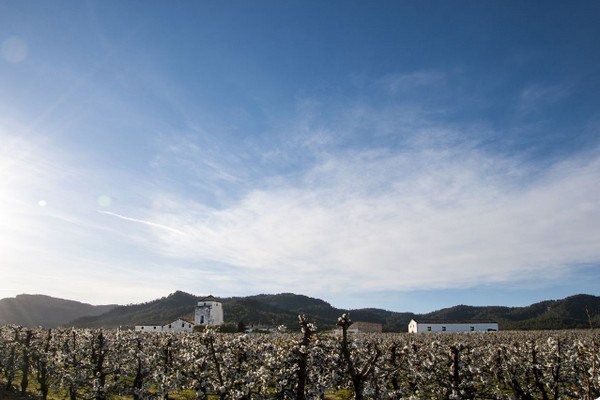It's still too early to make any forecasts about the 2024 cherry campaign in Spain, as the first greenhouse harvests don't usually start until the end of March, and open ground harvests won't do so until the end of April.
For now, depending on the production areas, there is significant variation in the development of the flowering in the crops under plastic due to the influence of the weather.

"While in the lower producing areas of the Ebro Valley, in the south of Tarragona, the blossom started about 15 days early due to the good weather conditions, the situation is quite different in the earlier areas between Zaragoza and Terres de l'Ebre, including the province of Lleida, where dense and cold fogs over the last two weeks have caused delays in the flowering," says Héctor Ripoll, partner of the cherry producing and marketing company Cerima Cherries.
"The difference in the development of the flowering between the fog-covered territory and the one that isn't, which are separated by just 20 kilometers, is very significant. It's worth noting that an advance in the start of the blossom in areas more prone to frost could be very damaging," says Ripoll. "However, we should also mention that in both areas, the crops are getting the required amount of cold hours," he says.
In the Jerte Valley, in Extremadura, another important cherry production area, there has been a lot more rainfall than usual so far, which could delay the flowering, although the trees would come out of dormancy with greater strength.
In the 2023 campaign, the Spanish cherry production amounted to about 108,000 tons, according to data from MAPA; an 8% drop, compared to 2022. In fact, the Jerte Valley, in Extremadura, reported a 60% loss in its productive volume due to the intense rains recorded in May. The regions of the Ebro Valley (Aragon-Catalonia) had a higher production, but that did not make up for the reductions in other parts of the country. The cherry acreage decreased by about 145 hectares compared to the previous year.
For more information:
Héctor Ripoll
Cerima Cherries
T: +34 977 418 346
cerima@cerimacherries.com
www.cerimacherries.com
